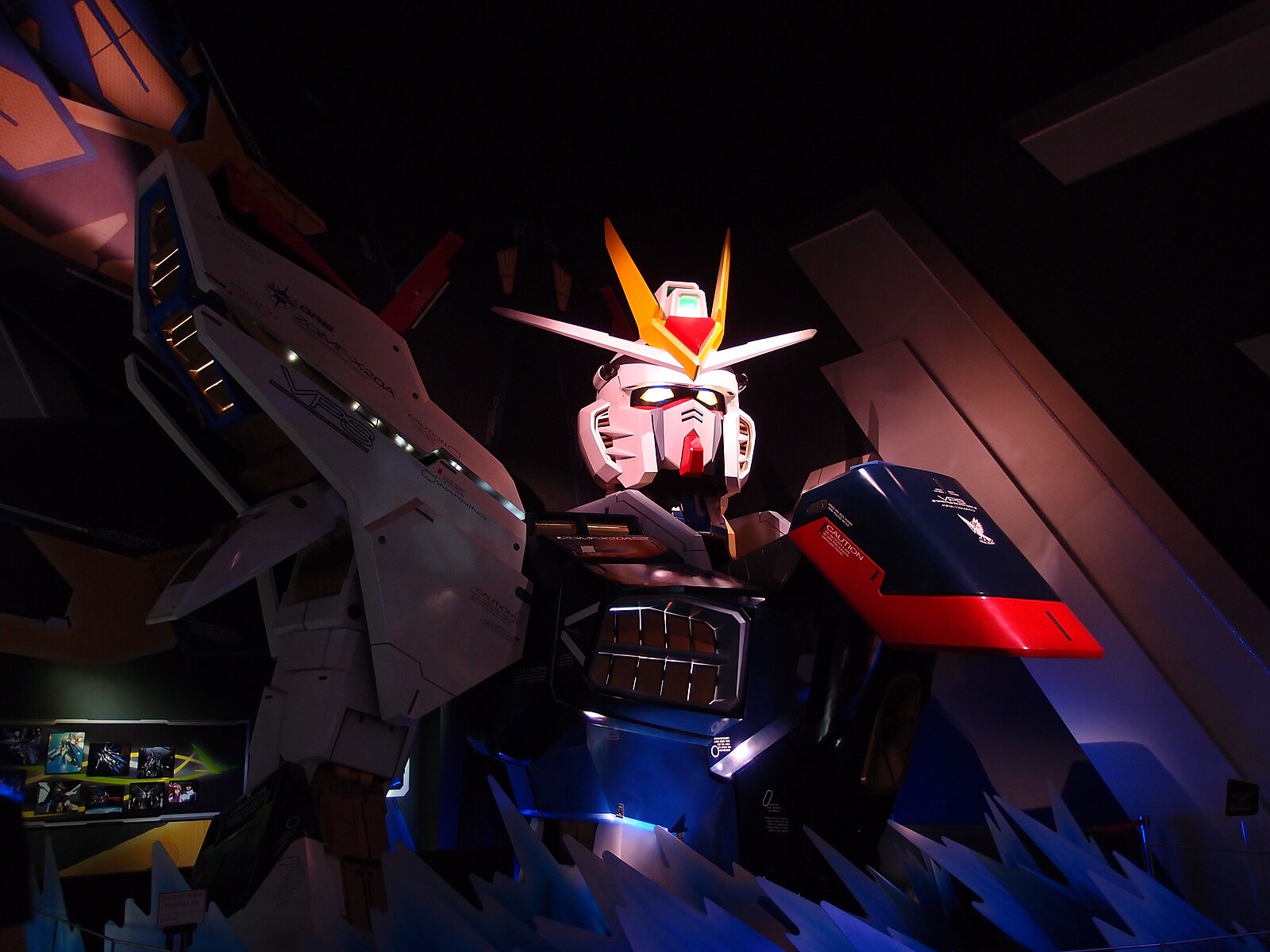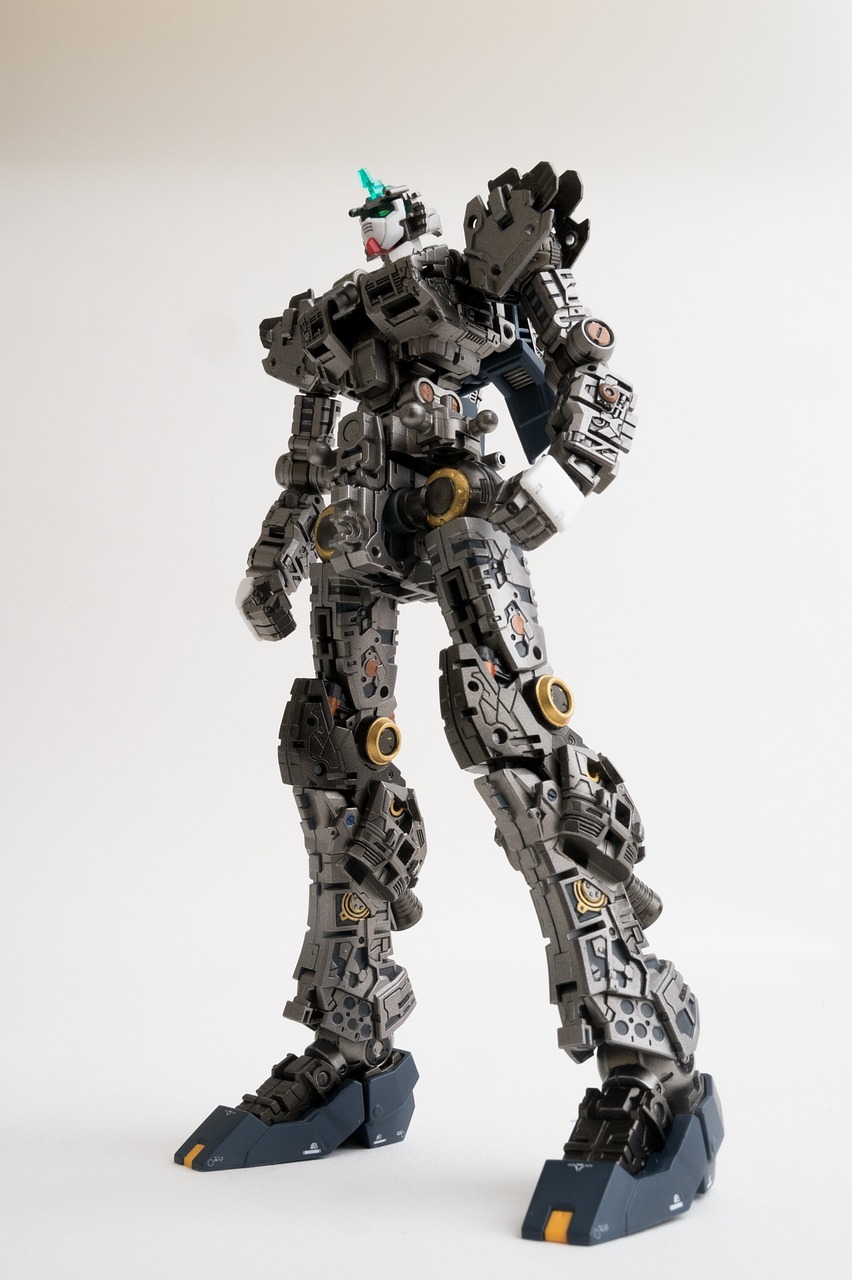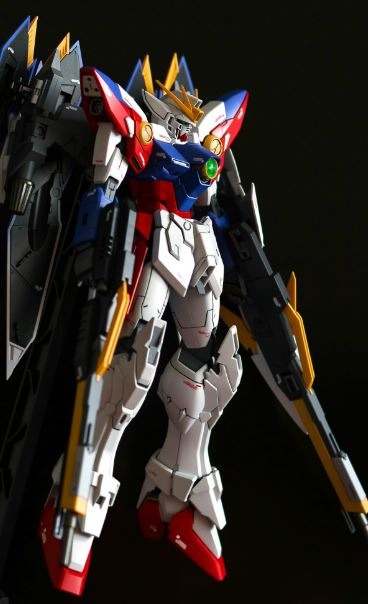Learn About Rx-78-2 Gundam - the Gundam That Can Walk
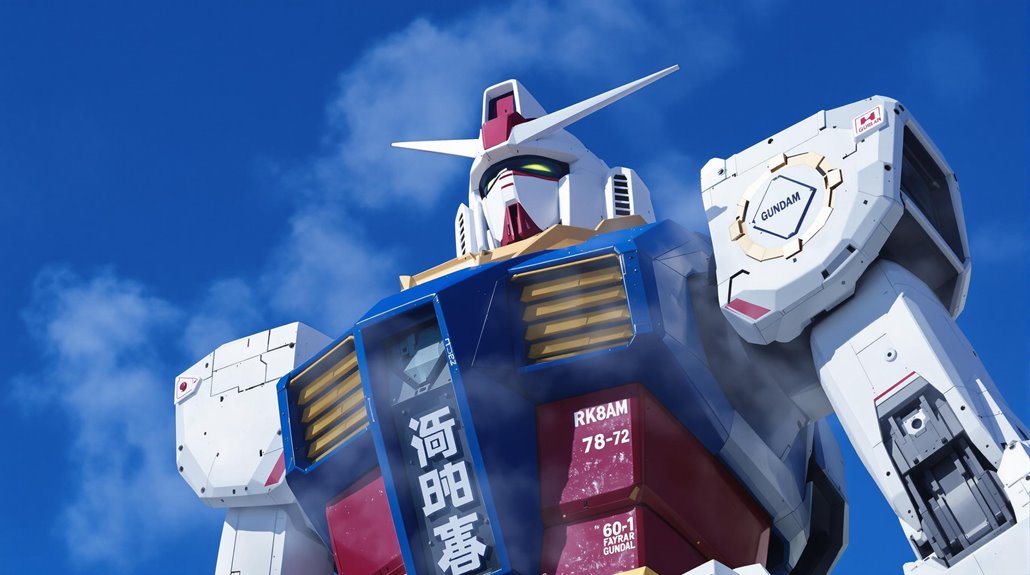
When you investigate the RX-78-2 Gundam, you'll uncover Japan's first walking mecha statue that stands 18 meters tall and weighs 60 metric tons. This engineering marvel combines samurai-inspired design elements with modern robotics, featuring a distinctive triangular torso, broad shoulders, and elongated legs. Its iconic white, red, blue, and yellow color scheme has enthralled fans worldwide since its anime debut. There's much more to reveal about this revolutionary blend of tradition and technology.
The Birth of a Mechanical Legend
When the RX-78-2 Gundam burst onto screens in 1979, it didn't just introduce another giant robot - it birthed a cultural phenomenon. The pioneering mecha design drew inspiration from Japanese Samurai aesthetics, featuring a distinctive Kabuto-style helmet and strategic air vents. You'll notice its most striking feature: a bold color scheme where red, blue, and yellow elements pop brilliantly against the white base.
The technical advancements in the Gundam's design have left an everlasting mark on the franchise. From its stern-faced 2009 statue redesign to the increasingly humanoid proportions of later models, you can trace the RX-78-2's DNA throughout the series' evolution. This original design established the visual language that would define decades of Gundam aesthetics to come.
The success of this iconic design helped establish Mobile Suit Gundam Wing as a major breakthrough for anime in Western markets during the 1990s.
Samurai Spirit in Modern Mecha
The RX-78-2 Gundam's innovative design extends far beyond its mechanical prowess, embedding deep cultural roots in Japan's samurai heritage. You'll notice distinct samurai influences in its kabuto-style helmet, shikoro-like radiators, and the distinctive V-fin that resembles a warrior's crest.
The samurai weaponry integration becomes clear in how the Gundam combines traditional martial aesthetics with futuristic firepower. Its bold color scheme of red, blue, and yellow against white mirrors the dramatic patterns found in classical Japanese armor. The mecha bushido parallels are evident in the machine's emphasis on mobility and heroic purpose, reflecting the ancient warrior code in a modern setting.
As designs evolved throughout the franchise, you can trace how the RX-78-2's angular form maintained this pivotal bridge between technological advancement and samurai tradition. This groundbreaking design by Kunio Okawara revolutionized the way mecha would be portrayed in anime for decades to come.
Iconic Design Elements of RX-78-2
Standing as one of anime's most recognizable mecha designs, RX-78-2 Gundam showcases distinctive features that blend form with function. You'll notice its symbolic design elements draw heavily from Samurai armor, particularly in the head design featuring a Kabuto-inspired helmet with a distinctive V-fin antenna.
The robotic proportions have evolved since its debut, now featuring:
- A more triangular torso that enhances its imposing presence
- Wider shoulders that command authority and power
- Longer legs that suggest enhanced mobility and agility
- A refined head design with dual-camera eyes for 3D vision
Its iconic white base color scheme, accented with red, blue, and yellow highlights, breaks from traditional Super Robot patterns, creating a unique visual identity that's instantly recognizable to fans worldwide.
The groundbreaking 300 yen price point of the original RX-78-2 model kit in 1980 helped establish Gunpla as a mainstream hobby phenomenon.
Evolution of the Gundam Aesthetic
Since its debut in 1979, RX-78-2's aesthetic has undergone significant refinements while maintaining its core design philosophy. You'll notice how mecha anime influences blend with traditional Japanese elements, particularly in the head design that draws from Samurai Kabuto helmets, complete with a distinctive V-fin and Chonmage-style crest.
The Gundam design innovations have shifted towards more humanoid proportions over time. The 2009 redesign introduced a triangular upper torso, broader shoulders, and elongated legs, making the mecha more relatable and vibrant.
While early models featured Super Robot-inspired color patterns, the design eventually settled on the now-iconic white base with red, blue, and yellow accents. This color scheme helps highlight key features, including the mask-like faceplate, dual camera eyes, and side-mounted radiators.
Engineering Marvel: From Anime to Reality
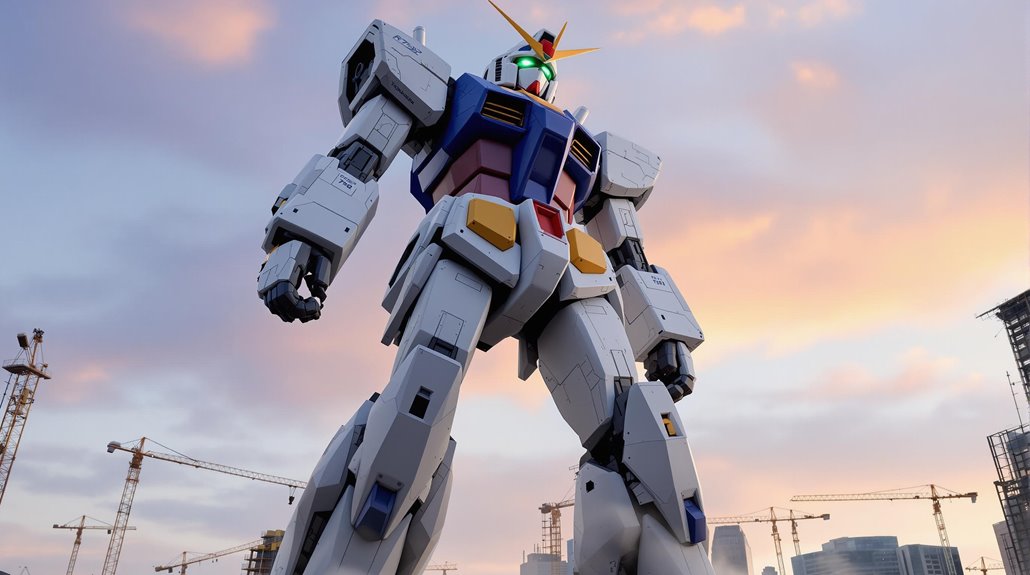
How does one convert an iconic anime design into tangible engineering reality? The 2009 full-scale Gundam statue represents one of Japan's most ambitious structural innovations, transforming animation into architectural achievement. You'll notice pioneering transformations that adapted the classic design for real-world stability.
Four key engineering adaptations that'll amaze you:
- A triangular upper body replacing the original blocky form
- Widened shoulders for enhanced structural balance
- Lengthened legs to support the massive frame
- A sterner facial expression, later influencing the Principal 3.0 model
These modifications maintain the RX-78-2's iconic elements while ensuring structural integrity. The classic color scheme remains faithful to Yasuhiko's vision, with primary colors strategically placed on a white base, featuring blue on the chest and red accents on the legs.
The Artistry Behind the Color Scheme
The iconic color scheme of the RX-78-2 Gundam reflects artist Yoshikazu Yasuhiko's expert eye for visual impact. You'll notice how he carefully selected primary colors - red, blue, and yellow - against a clean white base to create striking visual contrast throughout the mecha's design.
Through thoughtful color theory, Yasuhiko strategically placed each hue to emphasize specific features. You can see how the yellow accents highlight critical elements like the head crest and thigh armor, while blue dominates the chest area for added depth. The sparing use of red on the double-legged parts creates a bold statement that draws your attention.
This evolution from typical Super Robot color patterns to the final primary color scheme showcases Yasuhiko's deliberate approach to making each component of the Gundam visually distinct and memorable.
Technical Specifications and Features
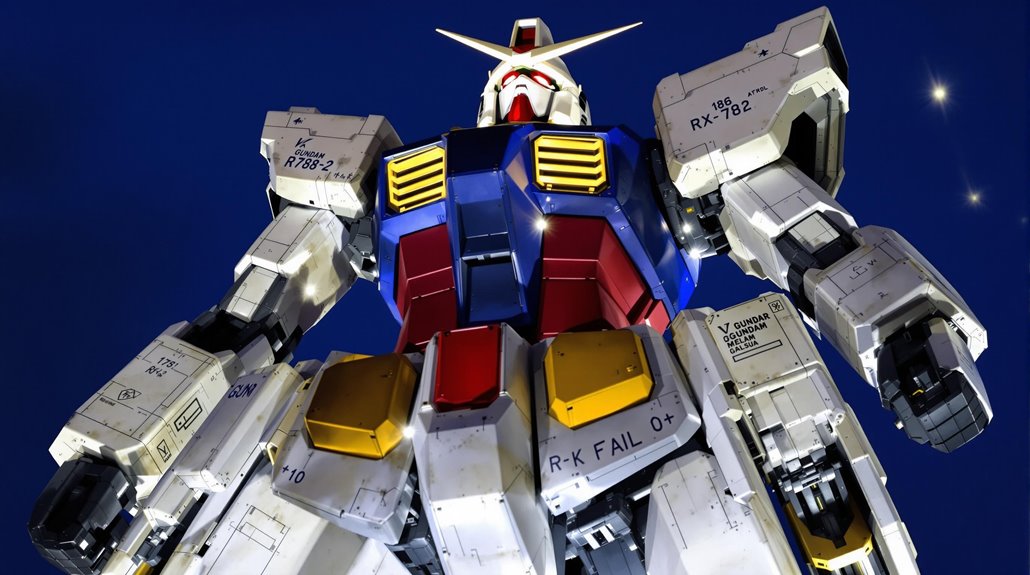
Standing at an impressive 18 meters tall and measuring 60 metric tons, RX-78-2 Gundam represents a breakthrough in mobile suit engineering. Its Minovsky Ultracompact Fusion Reactor guarantees you'll never worry about running out of power during critical missions, while its advanced sensor systems, including the iconic V-fin antenna and dual cameras, provide you unparalleled battlefield awareness.
When it comes to strategic combat applications, you'll find:
- A devastating beam rifle for long-range precision strikes
- A versatile shield system for defensive maneuvers
- A close-quarters beam saber for decisive melee combat
- A thorough sensor suite featuring dual cameras for enhanced situational awareness
These technical specifications make the RX-78-2 Gundam a formidable force on any battlefield, combining raw power with tactical versatility in a way that revolutionized mobile suit warfare.
Cultural Impact and Legacy
Beyond its impressive technical specifications, RX-78-2 Gundam has shaped pop culture in ways few other mecha designs have achieved. Its distinctive blend of samurai aesthetics and futuristic technology has influenced countless mecha designs that followed, establishing a new standard in the anime industry.
The design's global cultural resonance has helped alter the entire Gundam franchise into an international phenomenon, spawning numerous sequels and spin-offs across different media platforms.
You'll find the RX-78-2's merchandising appeal most evident in the model kit market, where it remains one of the best-selling Gunpla kits ever produced.
Today, you can witness the RX-78-2's enduring legacy through its widespread recognition among mecha enthusiasts worldwide, solidifying its status as an iconic symbol of Japanese pop culture.
The Walking Statue: A Dream Realized
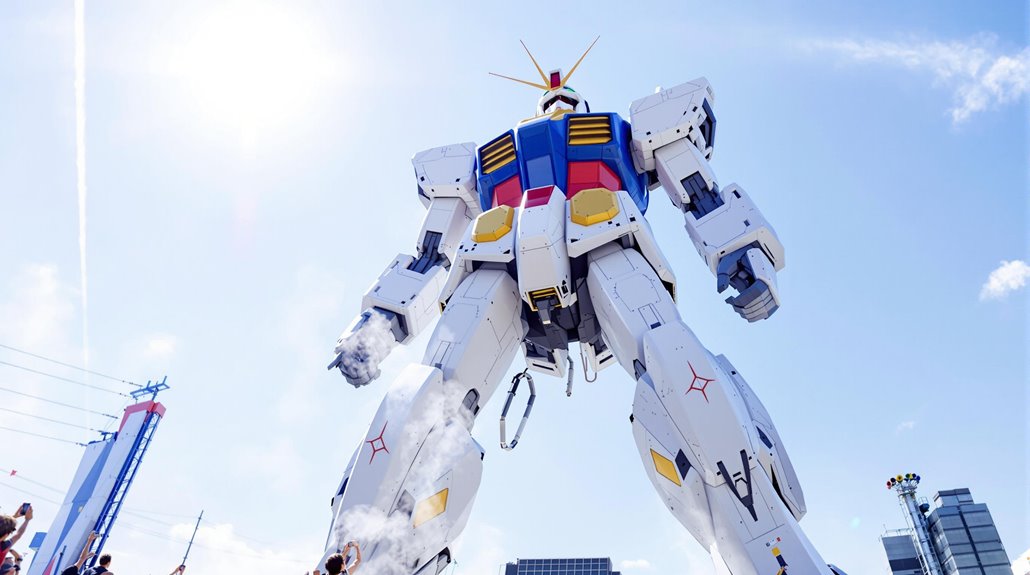
After decades of enthralling audiences through animation and model kits, RX-78-2 Gundam leaped from fiction to reality in 2009 when engineers erected a massive one-to-one scale statue in Japan.
This exceptional public display, designed by Masaki Kawahara, featured significant upgrades from the original anime design that sparked unparalleled fan enthusiasm. You'll notice these striking improvements:
- A more streamlined, triangular upper body that commands attention
- Broader shoulders that enhance its imposing presence
- Longer legs that demonstrate real-world walking capabilities
- A stern, determined facial expression inspired by the Flagship Grade 3.0 model kit
The statue's construction marked a crucial moment in engineering history, proving that the iconic mecha's mobility wasn't just an animated fantasy. For countless fans, seeing their beloved Gundam standing tall and walking represents a childhood dream come true.

